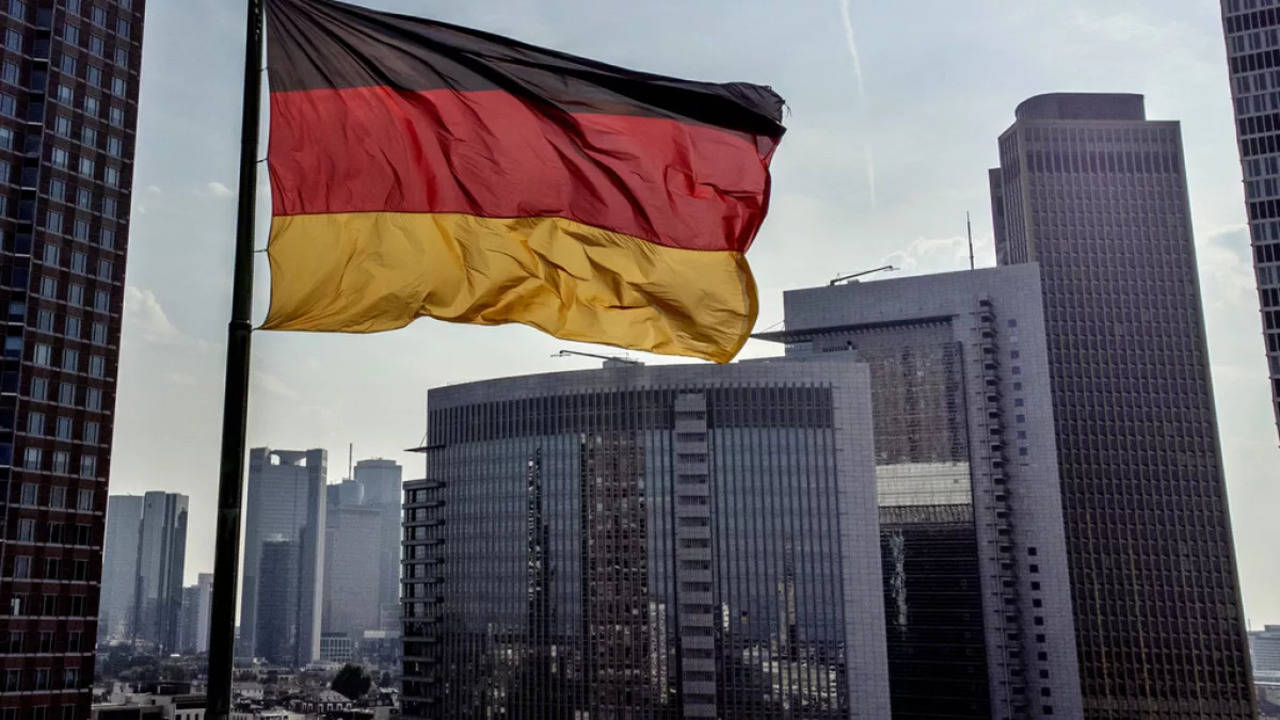Horoscope
Germany Changing Public Buildings Into Bomb Shelters As Nuclear Threat Looms

Germany has intensified efforts to bolster its civil defense, with metro stations being considered as air raid shelters amid rising tensions with Russia. Public buildings were designated for bunker conversion by the Federal Office for Civil Protection. According to the Bild newspaper, authorities intend to release an app that directs locals to these shelters.
Fears sparked by Russia’s invasion of Ukraine led to the proposal. Security worries have been heightened by Moscow’s hybrid war strategies and threats against countries supporting Kyiv, according to German authorities.
Scaling Back Reversed After War Escalations
In the past, Germany reduced the number of public bunkers. Such safeguards were judged unneeded by officials in 2007. Recent changes in geopolitics, however, forced a reevaluation. There are just 579 public shelters left, according to the Federal Office for Civil Protection. In a nation with 84.4 million inhabitants, these could only hold 500,000.
Rebuilding a bunker network may take a decade, said office chief Ralph Tiesler. As a result, the emphasis is now on speedier fixes. Additionally, home shelters are being promoted, particularly in basements.
Poland and UK Shelter Capacities Highlighted
The lack of shelter in Germany stands in sharp contrast to Poland’s surrounding efforts. According to a report referenced by Notes From Poland, Poland’s official bomb shelters could accommodate 300,000 people. Since then, authorities there have found interim solutions, like as tunnels and metro stations, that are adequate to safeguard the whole populace.
Subterranea Britannica, a research society, identified 276 nuclear-protection bunkers throughout the United Kingdom. These figures highlight the differences in readiness throughout Europe.
Civil Defense Becomes a Priority Across Europe
As Vladimir Putin’s administration continues to threaten, civil defense measures are being reinstated. Additionally, German authorities are reacting to the public’s mounting anxiety over possible assaults. A pressing need to adjust to changing risks is reflected in proactive planning, which includes the creation of technology and public awareness initiatives.
Even if the policy might not be completely implemented for decades, Germany is now concentrating on short-term adjustments.









